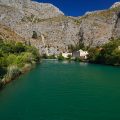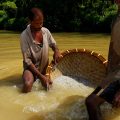The Most Polluted Rivers in the World: Shocking Facts & Global Warnings
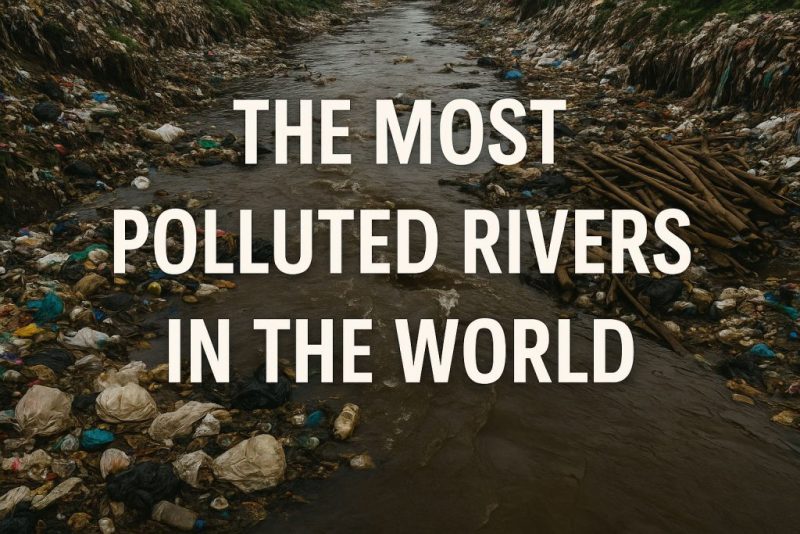
Discover the most polluted rivers in the world—from the Citarum to the Ganges—and learn what’s being done to save these vital waterways.
Rivers are the arteries of our planet—carving landscapes, nurturing life, and sustaining civilizations. But many of these majestic waterways are now choking under the weight of pollution. From plastic-choked tributaries in Southeast Asia to chemical-laden currents in industrial zones, the world’s rivers are sounding an alarm. Here are some of the most polluted rivers on Earth, each telling a story of environmental neglect—and the urgent need for change.
Citarum River, Indonesia 🇮🇩
The World’s Most Polluted River
Once a lifeline for agriculture and drinking water, the Citarum River on the island of Java is now infamous. Flowing through one of Indonesia’s most densely populated and industrialized regions, it absorbs waste from nearly 2,000 factories. Mountains of plastic, untreated sewage, and heavy metals float on its surface and coat its bed.
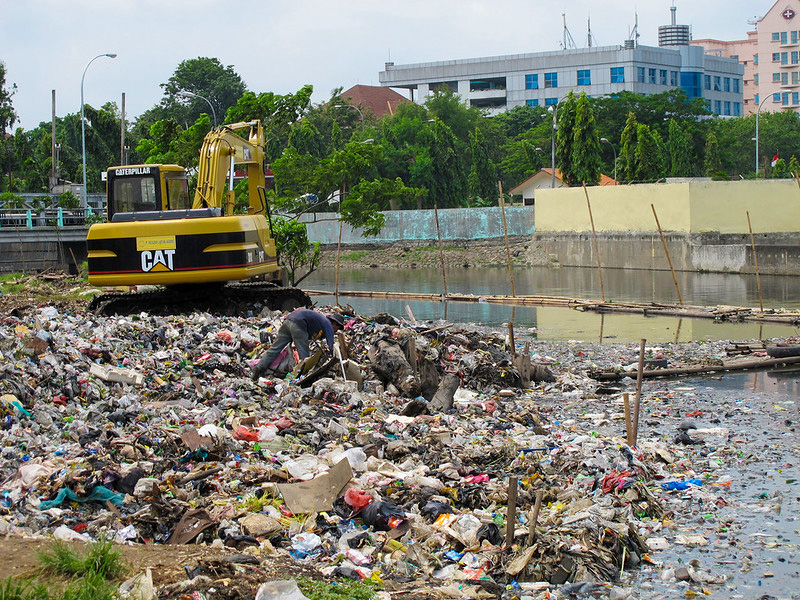
🌊 Toxic Toll: Mercury, lead, and arsenic levels far exceed safety limits.
💔 Human Cost: Villages along the river face health risks and declining fish stocks.
Ganges River, India 🇮🇳
Sacred but Suffocating
Revered as a goddess and source of spiritual purification, the Ganges suffers from a cruel irony. Religious offerings, cremated remains, industrial runoff, and sewage have turned this sacred river into a toxic flow in many stretches.

🛕 Cultural Importance: Over 400 million people live near and rely on the Ganges.
🚱 Major Issue: 3 billion liters of untreated sewage enter it daily.
Yamuna River, India 🇮🇳
A Tributary in Crisis
A major tributary of the Ganges, the Yamuna is dying by the time it flows through Delhi. Foamy white toxic bubbles float on its surface—an eerie byproduct of phosphates and industrial effluents.
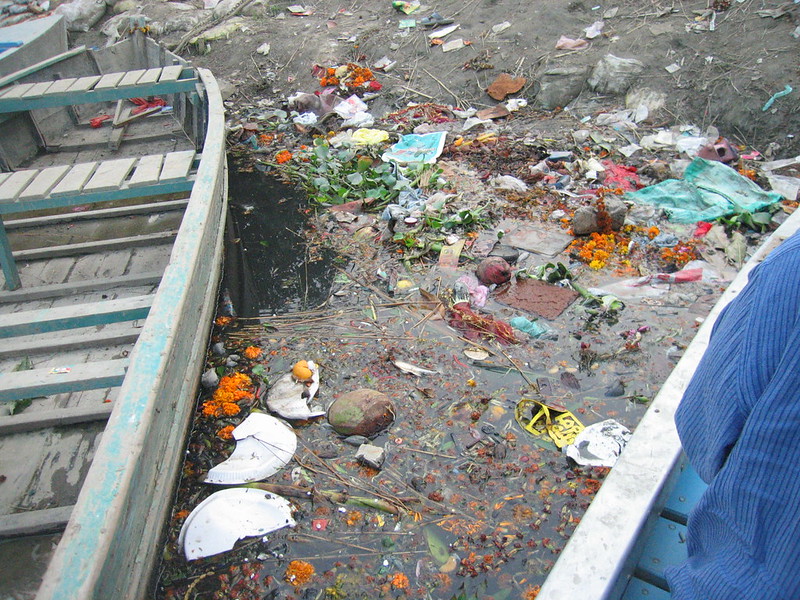
🏭 Main Pollutants: Industrial waste, detergents, sewage.
🧼 Cleanup Efforts: Ongoing, but progress is slow and often politicized.
Buriganga River, Bangladesh 🇧🇩
Dhaka’s Lifeline Turned Sewer
The Buriganga, once crucial to trade and transport in Dhaka, is now black and thick with waste. Tanneries, textile factories, and residential areas dump their waste directly into its waters.
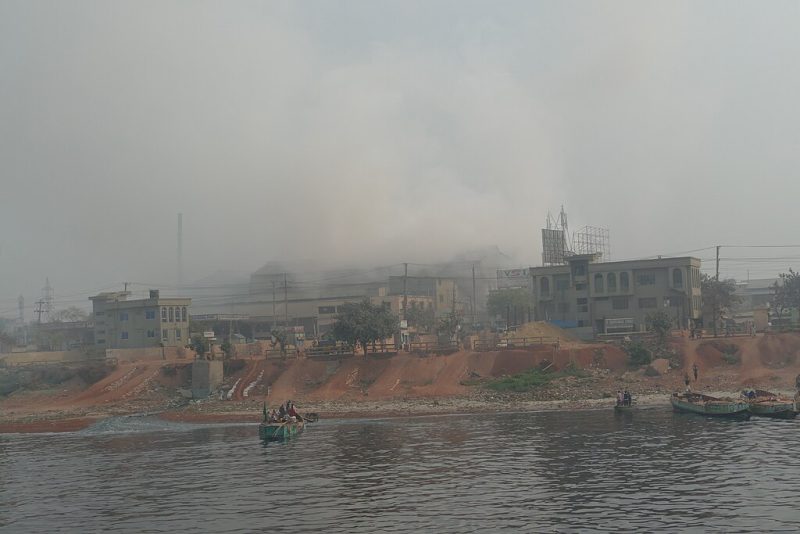
💣 Hazards: Chromium from leather processing and untreated sewage.
🏙 Impact: Residents living along the river suffer from skin diseases and other health problems.
Marilao River, Philippines 🇵🇭
Where Water Becomes Waste
Part of the Marilao-Meycauayan-Obando river system, this river is choked with waste from gold smelting and electronics recycling.
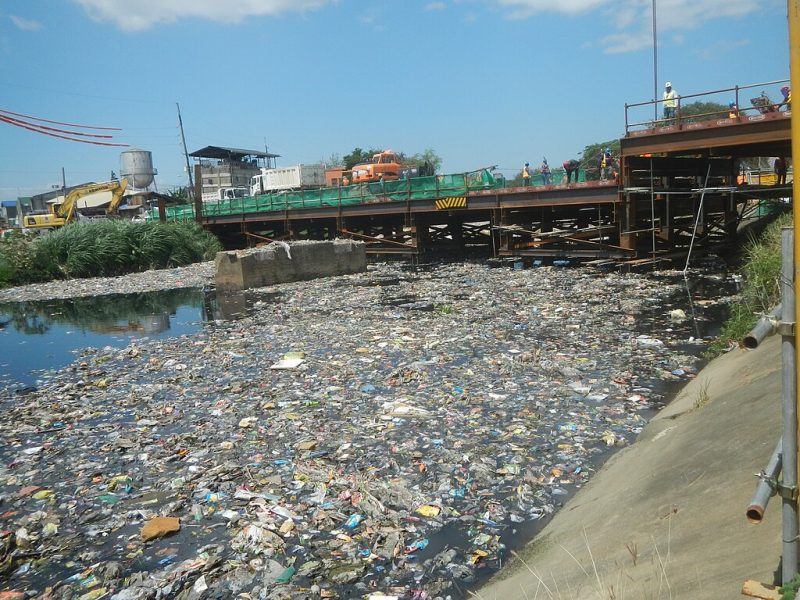
⚠️ Pollutants: Lead, mercury, cadmium.
👩👦 Vulnerable Populations: Children exposed to contaminated water show signs of neurological damage.
6. Mississippi River, USA 🇺🇸
The Hidden Threat of Agricultural Runoff
Not all pollution is visible. The Mississippi River carries a silent killer—nitrate pollution from massive agricultural operations. These nutrients create massive algal blooms downstream, contributing to the Gulf of Mexico Dead Zone.
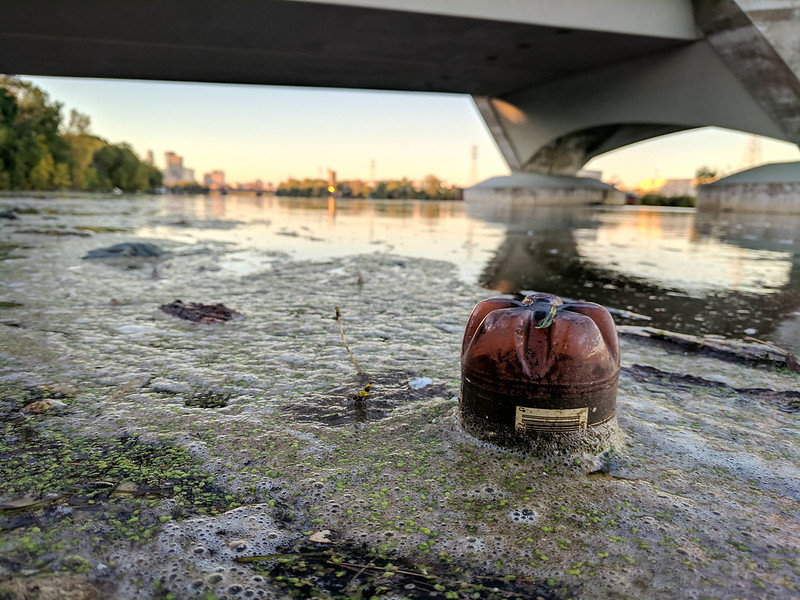
🌽 Source: Fertilizer runoff from corn and soybean fields.
🧪 Effect: Oxygen-depleted zones killing marine life in the Gulf.
Jordan River, Middle East 🌍
Holy Waters Running Dry and Dirty
Flowing through a politically complex region, the Jordan River has seen its flow reduced by 90% due to overuse and damming. What remains is heavily polluted with sewage and agricultural runoff.
✝️ Historical Weight: Site of many biblical events.
💧 Current State: Almost entirely unsuitable for bathing or drinking.
When Development Pollutes: Rivers in Crisis Across the Global South
The majority of the world’s most polluted rivers flow through low- and middle-income countries, and the causes are deeply interconnected. Here’s a breakdown of the key reasons, each feeding into the next:
🌍 1. Lack of Environmental Legislation & Enforcement
Many developing countries either lack robust environmental laws or fail to enforce them. Even when regulations exist on paper, enforcement is often weak due to limited resources, understaffed agencies, or lack of political will.
- Example: Factories along Indonesia’s Citarum River discharge toxic waste daily despite “bans” on dumping.
🎓 2. Limited Public Awareness & Education
In communities where basic needs like food, water, and shelter take precedence, environmental education isn’t always prioritized. People may not be aware that dumping trash in a river leads to long-term health hazards or ecosystem collapse.
- Cultural factors also play a role: rivers are often seen as vast and self-purifying—until it’s too late.
⚙️ 3. Inadequate Waste Management Infrastructure
One of the most immediate issues is lack of garbage collection and sewage systems. With no other options, households and businesses dump waste directly into the river.
- In Dhaka, for instance, over 80% of sewage goes untreated into the Buriganga.
💸 4. Corruption & Industrial Greed
Corruption allows polluting industries to operate without consequence. Bribes replace permits; inspectors look the other way. It’s cheaper for companies to pollute than to treat waste—especially when fines are rare or symbolic.
- Fast fashion factories in Bangladesh, India, and the Philippines are notorious for this.
📉 5. Rapid Urbanization without Planning
Cities in many Global South countries have grown explosively without matching growth in infrastructure. Informal settlements spring up along rivers, and there’s no urban plan for sanitation, drainage, or water treatment.
- The Yamuna River in Delhi suffers from massive unplanned population pressures.
🧭 6. Low Environmental Prioritization
When economies are fragile, the environment often takes a back seat to short-term development. “We need jobs now” becomes a stronger argument than “we need clean water for the next generation.”
- This creates a tragic loop: poverty leads to pollution, which leads to health crises, which deepen poverty.
🤝 7. Global Inequality & Industrial Outsourcing
Let’s not forget the global dimension. Many Western companies outsource production to the Global South, where it’s cheaper to manufacture goods and easier to sidestep environmental laws.
- Waste generated to serve wealthy nations ends up polluting rivers far from consumer eyes.
💡 What Can Be Done?
While these rivers represent a crisis, they also offer hope—because every polluted river is a chance to restore. Community-led cleanups, better waste management, stricter regulation, and global cooperation are essential.
- Support local and global river conservation groups.
- Reduce your own plastic and chemical footprint.
- Share stories—raise awareness.
🛶 Why This Matters for Us All
Polluted rivers don’t just flow through distant lands—they’re part of a global system that affects us all. They feed the oceans, irrigate our food, and flow through the stories of our ancestors.
At WorldRivers.net, we believe rivers are worth fighting for.
🌱 Have you witnessed a polluted river or joined a cleanup?
Share your story with us—we’ll feature it on our blog or socials. Together, we can turn the tide.


